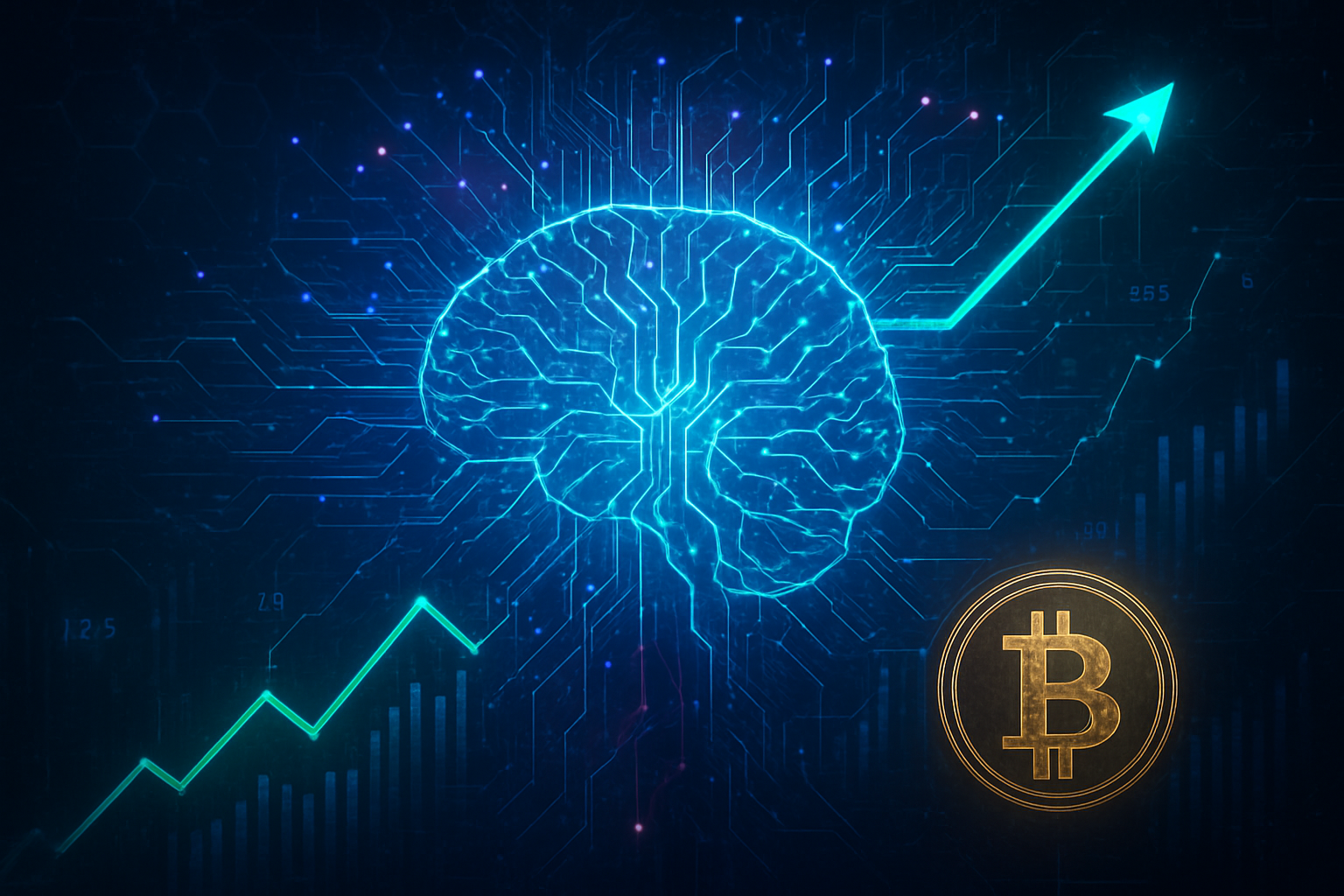Recent groundbreaking research has revealed the astonishing resilience of moss spores, with over 80% surviving a nine-month exposure to the brutal conditions on the exterior of the International Space Station (ISS) and retaining their ability to germinate upon return to Earth. This extraordinary discovery, made public in late 2022 and further analyzed in subsequent months, has sent ripples of excitement through the scientific community. It profoundly expands our understanding of life's tenacity, offering significant implications for the theory of panspermia, the ongoing search for extraterrestrial life, and the practical feasibility of establishing sustainable off-world habitats for future human endeavors.
Unpacking the Microscopic Marvel: Technical Insights into Space-Hardy Moss
The study, primarily focusing on the moss species Physcomitrium patens (spreading earthmoss) and Ceratodon purpureus, involved exposing their sporophytes—the protective structures containing the spores—to the combined stresses of outer space. For 283 days, from March to December 2022, samples were affixed to the exterior of Japan's Kibo module on the ISS. Here, they faced the vacuum of space, intense cosmic and ultraviolet (UV) radiation, and extreme temperature fluctuations ranging from approximately -196°C to 55°C. Ground simulations prior to flight had already indicated the superior resilience of encapsulated spores compared to juvenile moss or brood cells, with spores exhibiting approximately 1,000 times greater tolerance to UV radiation.
Upon their return, scientists were astonished to find that 86% of spores exposed to UV rays in space still germinated, compared to 97% in ground controls. While a slight degradation (around 20%) in chlorophyll a was noted, it did not hinder the spores' ability to revive and reproduce. Genetic analysis post-exposure revealed minimal mutations, suggesting the activation of efficient repair mechanisms upon rehydration. The key to this remarkable survival was identified as the sporangium, the natural protective barrier encasing the spores. This structure effectively shielded the inner spores from damaging UV radiation, vacuum conditions, and thermal extremes, an adaptation honed over 500 million years of evolution as bryophytes transitioned to land and survived multiple mass extinction events. Based on these findings, mathematical models predict that these encased moss spores could potentially survive in space for as long as 15 years.
This survival mechanism, while sharing commonalities with other extremophiles like bacteria, lichens, and tardigrades (which also employ dormancy and desiccation tolerance), distinguishes itself with the specialized, multicellular protective architecture of the sporangium. This unique shielding provides a robust defense, absorbing harmful UV radiation and physically safeguarding the inner spore. Initial reactions from the scientific community, including lead author Dr. Tomomichi Fujita of Hokkaido University, were characterized by "astonishment" at the "extraordinary durability." While some astrobiologists, like Dr. Agata Zupanska of the SETI Institute, acknowledged that dormant forms are known to be resilient, the scale of survival for a relatively complex plant spore after direct space exposure was deemed "striking evidence" with "new frontiers" for space ecology.
Commercial Currents: How Space Moss Shapes Biotech and Space Tech
The extraordinary hardiness of moss spores in space carries significant commercial implications, particularly for companies operating in astrobiology research, space technology development, and biotechnology. This discovery challenges existing paradigms and fosters innovation in developing sustainable solutions for extraterrestrial environments.
In the realm of space technology, companies focused on bioregenerative life support systems stand to benefit immensely. Firms like SpaceX (NASDAQ: TSLA) and Blue Origin (private) could integrate moss into their long-duration mission designs for lunar and Martian habitats, leveraging moss for oxygen generation, humidity regulation, and potentially basic atmospheric conditioning. Axiom Space (private), planning a commercial space station, might find moss-based experiments crucial for validating space agriculture business models. The ability of moss to act as a "pioneer plant" for terraforming efforts, converting barren regolith into rudimentary soil, also creates opportunities for companies involved in space settlement and resource utilization, though this remains a long-term vision.
Biotechnology companies are poised to explore the genetic secrets behind moss's resilience. Platforms from companies like Schrödinger (NASDAQ: SDGR) and Insilico Medicine (private), which use AI for drug discovery and materials science, could be adapted to analyze moss genomes to identify and engineer genes responsible for radiation resistance or extreme temperature tolerance. These insights could lead to more resilient crops for both space agriculture and climate-challenged terrestrial environments. Furthermore, moss species like Physcomitrium patens are already used in biomanufacturing to produce proteins for medical applications or bioactive compounds for cosmetics, hinting at potential in-space bioproduction capabilities, possibly supported by companies like Varda Space Industries (private) or Merck Life Science (ETR: MRK).
Artificial intelligence (AI) will play a pivotal role in translating these biological discoveries into practical applications. AI-powered systems for environmental monitoring in space can track the health and growth of moss in habitats or during terraforming initiatives, analyzing sensor data for early anomaly detection. Companies developing AI for geospatial intelligence, like those leveraging Google's (NASDAQ: GOOGL) Earth Engine, could adapt their technologies for extraterrestrial biological monitoring. Moreover, AI, particularly machine learning, is indispensable for rapidly analyzing the complex genomes of extremophiles, accelerating the identification of genes for engineering. NASA's "Artificial Intelligence for Life in Space" (AI4LS) initiative is already building computational frameworks for modeling spaceflight risks and analyzing biological data, underscoring AI's critical role in this evolving frontier.
A New Chapter in Astrobiology: Wider Implications and Ethical Quandaries
The survival of moss spores in space is more than just a scientific curiosity; it fundamentally reshapes our understanding of life's adaptability and its potential distribution across the cosmos. This finding significantly strengthens the hypothesis of panspermia, suggesting that life, or at least its hardy reproductive units, could potentially traverse vast interplanetary distances. While not definitive proof, it provides compelling evidence that Earth-originated life, at a cellular level, possesses intrinsic mechanisms to endure the vacuum, radiation, and thermal extremes necessary for such journeys. This broadens the scope of the search for extraterrestrial life, encouraging astrobiologists to consider environments previously deemed too hostile and to look for dormant or spore-like life forms that could reactivate under suitable conditions.
For the feasibility of long-duration human missions and the establishment of off-world habitats, the implications are particularly profound. Moss could become a vital, low-maintenance component of bioregenerative life support systems for lunar bases and Martian colonies, contributing to oxygen generation, humidity control, and the recycling of air, water, and waste in closed ecological systems. Its role as a "pioneer species" on Earth suggests it could aid in terraforming efforts, transforming barren extraterrestrial regolith into arable land, a critical first step for growing more complex plants for food. This provides a "blueprint for bioengineering resilient systems," potentially leading to engineered moss variants with enhanced radiation resistance.
However, these exciting prospects are not without significant concerns and ethical considerations. The primary worry is forward contamination, where Earth-based organisms could accidentally be introduced to other planets or moons, potentially altering or destroying native microbial ecosystems, if they exist. This directly conflicts with stringent planetary protection protocols. Introducing foreign species could lead to unpredictable and potentially harmful ecological shifts. Furthermore, while moss spores show remarkable resilience in space, their ability to germinate and grow under various extraterrestrial conditions—different gravity levels, atmospheric compositions, and long-term radiation exposure—remains largely untested. Experts emphasize that spore survival is merely an initial step; the true value lies in active growth and thriving away from Earth. These ethical dilemmas underscore the immense responsibility accompanying humanity's expansion into the cosmos.
The Horizon: Future Developments and Expert Predictions
The discovery of moss spore survival in space ignites a new wave of research and development, promising both near-term refinements and long-term transformative applications. In the immediate future, scientists are focused on refining mathematical models to predict spore viability more precisely, with current estimates suggesting survival for up to 15 years in space. Further in-depth investigation into the specific protective mechanisms within the sporangium, particularly its role in UV radiation absorption and physical shielding, is paramount. Researchers will also meticulously assess DNA damage incurred during space exposure and track the efficacy of repair mechanisms upon rehydration, offering crucial insights into biological recovery beyond Earth's protective atmosphere. Experiments will also begin to explore how extraterrestrial soils might support plant growth, using moss as a foundational organism.
Looking further ahead, the long-term implications are poised to revolutionize how humanity approaches life beyond Earth. Moss could be instrumental in establishing foundational ecosystems on the Moon and Mars, contributing to oxygen generation, humidity control, and initial soil formation. While not a primary food source, its ability to pave the way for more complex plant life is invaluable. The findings also compel a rethinking of the panspermia theory, suggesting that primitive life forms might indeed travel between celestial bodies. Potential applications include advanced bioregenerative life support systems for extended space missions, leveraging moss for closed-loop air, water, and waste recycling. The concept of terraforming, particularly for Mars, could see moss playing a crucial role in kickstarting ecological processes, transforming regolith into fertile ground.
Despite the immense promise, significant challenges remain. Replicating the full spectrum of deep space hazards, including higher levels of ionizing radiation and prolonged microgravity during interplanetary travel, is difficult. A critical next step is determining if metabolically active (hydrated) mosses, not just dormant spores, can survive and grow in space, as active organisms are far more susceptible to damage. Furthermore, the ability of moss to germinate and thrive under diverse extraterrestrial conditions—varying gravity, atmospheric compositions, and radiation levels—needs rigorous testing. Experts predict continued, longer-duration exposure experiments, potentially on lunar landers, to validate moss's role in regolith transformation. They also foresee increased research into integrating moss with other organisms like algae or bacteria to form more effective symbiotic systems for life support and terraforming. The consensus is clear: this tiny plant provides extraordinary evidence of life's hardiness, opening a new frontier toward constructing ecosystems in extraterrestrial environments.
Cosmic Resilience: A Wrap-Up on Moss's Enduring Legacy
The survival of moss spores in the unforgiving vacuum of space marks a pivotal moment in astrobiology and the ongoing quest for interstellar exploration. The key takeaways are clear: moss spores exhibit an extraordinary resilience, with over 80% viability after nine months on the ISS, attributed to their dormant state and the protective sporangium. This tenacity against extreme radiation, vacuum, and temperature fluctuations significantly expands our understanding of life's survival limits.
This development holds immense significance, bolstering the panspermia hypothesis and broadening the search for extraterrestrial life. For space technology, it offers a tangible pathway toward sustainable human presence beyond Earth, positioning moss as a foundational component for bioregenerative life support systems and a pioneer species for nascent terraforming efforts on the Moon and Mars. While challenges remain, particularly concerning the growth of active organisms in alien environments and critical planetary protection concerns, the implications are transformative.
In the long term, this discovery will profoundly influence mission planning for lunar bases and Martian colonies, pushing for more self-sufficient and biologically integrated approaches to space exploration. We can expect to see immediate research follow-ups, including detailed genetic analysis and longer-duration exposure experiments, potentially on lunar landers. Watch for advancements in AI-driven monitoring systems to optimize moss growth in controlled extraterrestrial environments and increased focus on bioengineered plants specifically designed for space. The humble moss has proven itself a silent, yet powerful, harbinger of a future where life may indeed flourish beyond Earth.
This content is intended for informational purposes only and represents analysis of current AI developments.
TokenRing AI delivers enterprise-grade solutions for multi-agent AI workflow orchestration, AI-powered development tools, and seamless remote collaboration platforms.
For more information, visit https://www.tokenring.ai/.









